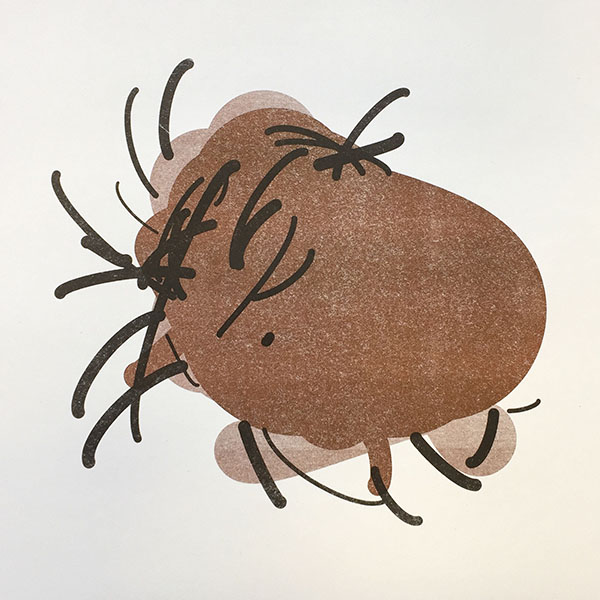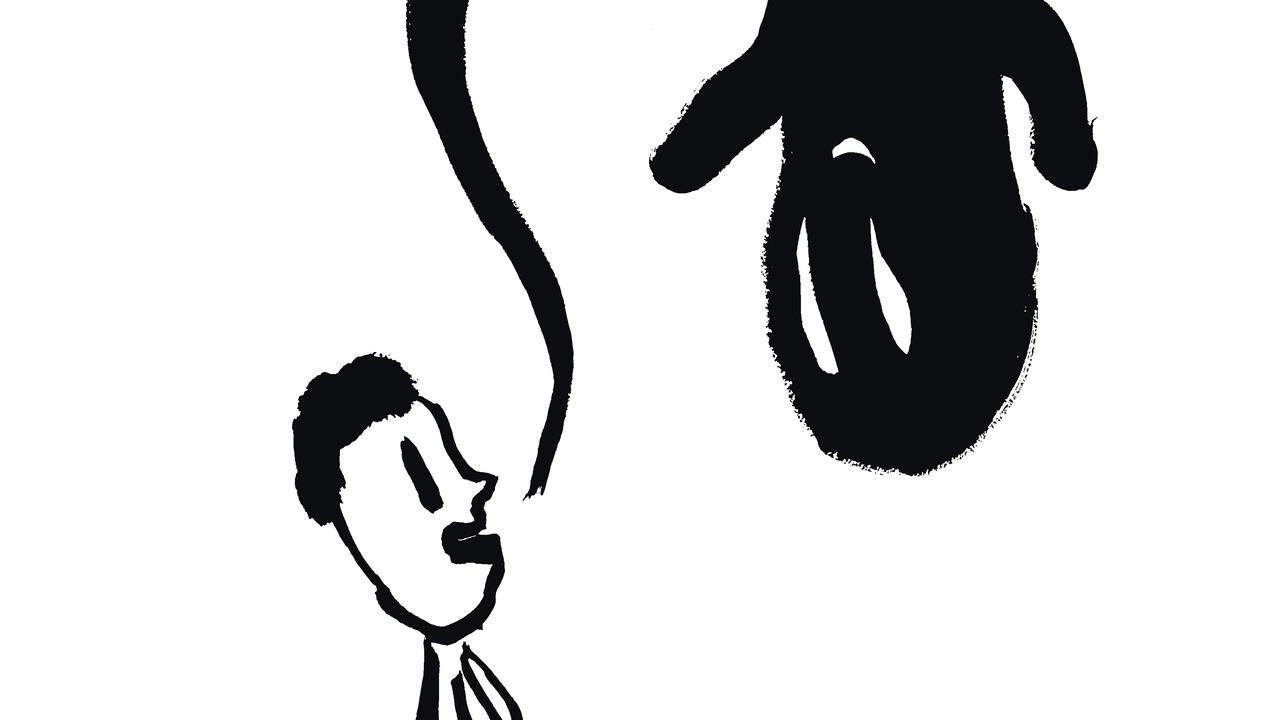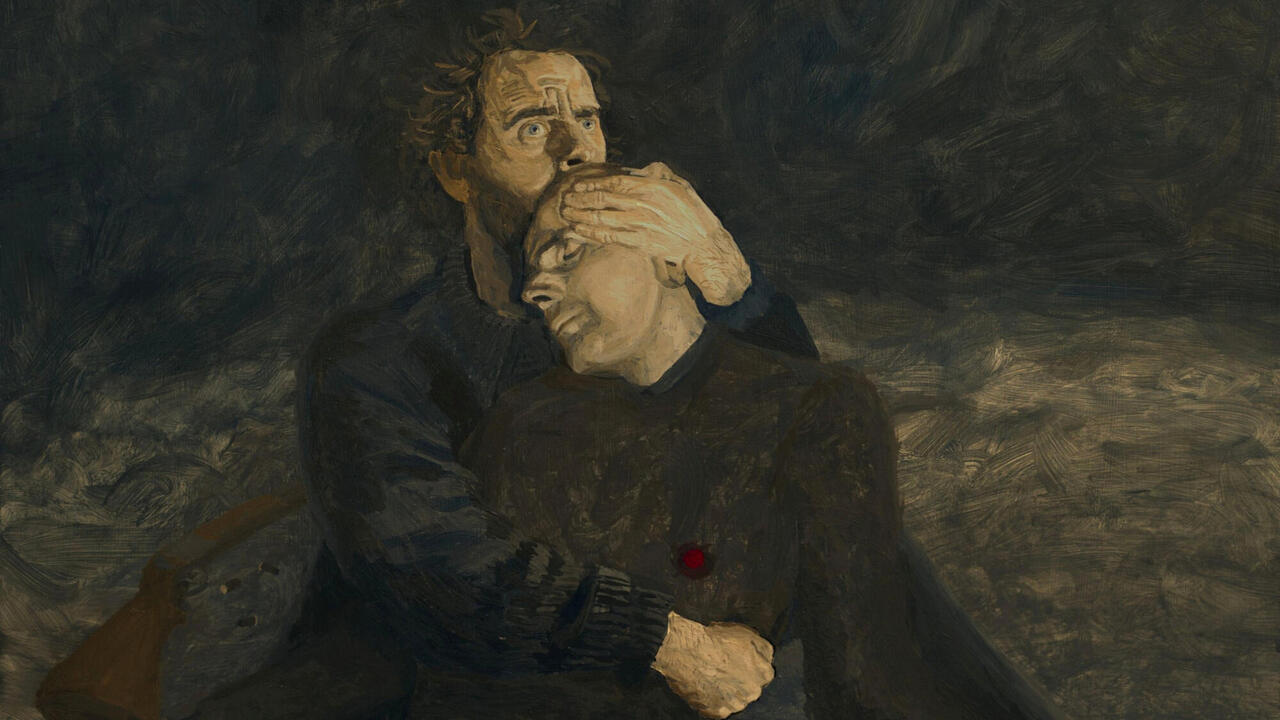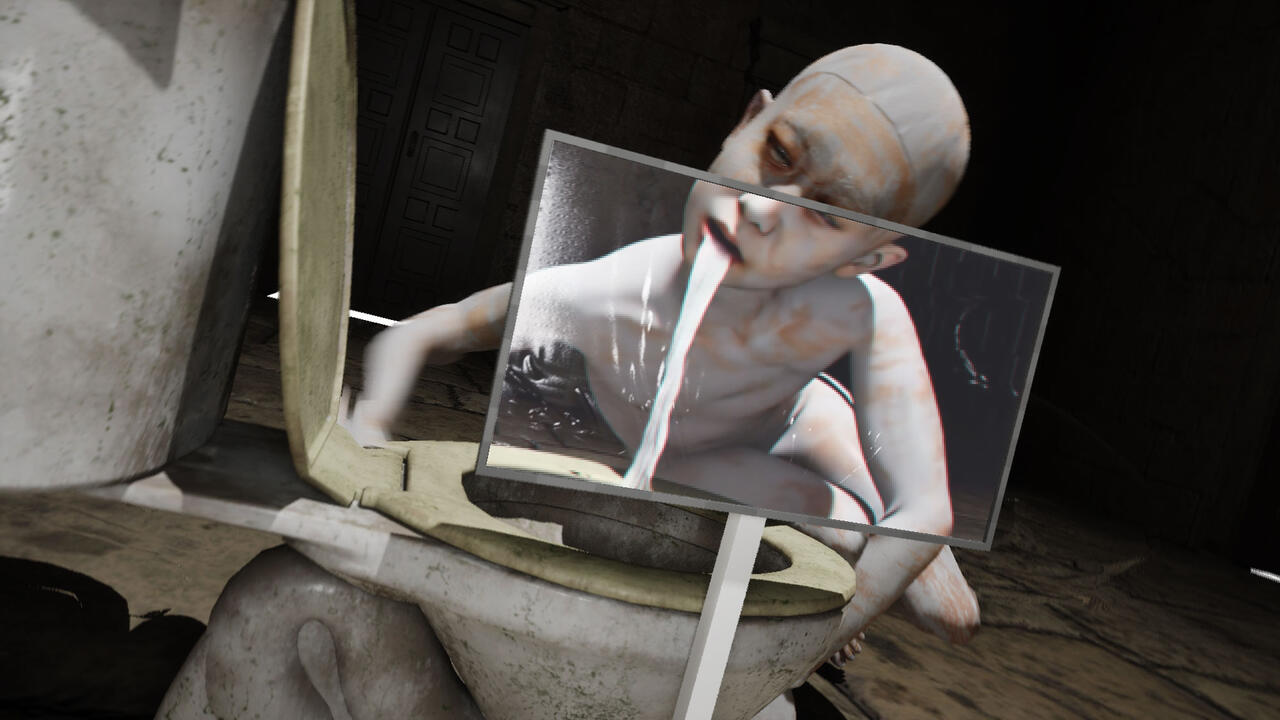Could There Ever Be an AI Artist?
If artificial intelligence were ever to achieve sentience, could it feasibly produce art? (And would it be good?)
If artificial intelligence were ever to achieve sentience, could it feasibly produce art? (And would it be good?)

When is an image artificial? The answer has never been simple. When Renaissance artist, theorist and writer Leon Battista Alberti codified the linear perspective of his contemporaries, it could be seen as a sort of Quattrocento machine intelligence. Since then, our concept of what an image can reveal, and how it should depict reality, has been firmly under the Albertian spell. Under this paradigm, truth in an image is always something of a faith in measurement. In his classic essay ‘What Is an Image’, W.J.T. Mitchell scolds his predecessors for viewing the revolution of linear perspective through the lens of Scientism – the misguided notion that something like vision is an objective phenomenon that could be ‘discovered’ outside of our own experience. Linear, three-point perspective was merely a toolset that confirmed our way of seeing, a match that arrived in a ‘world already clothed in our systems of representation.’ Vision itself is a product of the tools we make, Mitchell warns, not a discovery of ‘natural’ facts outside our senses: ‘What is natural is, evidently, what we can build a machine to do for us.’
Today, the debate over what we might call art’s ‘tool problem’ has been reanimated by the rise of artificial intelligence (AI). Recent innovations in computer vision – the field that studies how computers process images – and deep learning allow machines to discriminate, judge and find patterns that humans might not know exist. Much of this research was spawned by a quantum leap in AI research in which ‘artificial neural networks’ became adept at perception and categorization of images. Think of Google’s infamous ‘DeepDream’, which uses neural networks to create images seemingly on their own. AI evangelists have gone a step further and have taken to art as an earnest proving ground for their technology’s capabilities. One example is the Artists and Machine Intelligence group (AMI), started at Google in 2015, that supports artists and engineers committed to ‘new ways of thinking about and working with intelligent systems.’

In a recent AMI-supported project, Tom White created ‘The Treachery of ImageNet’ (2017–ongoing), a series of semi-abstract representations of objects using what he calls ‘Perception Engines’. White fed a neural network with thousands of images that computer vision had classified as electric fans. He then programmed the system to draw a series of marks that are continually optimized towards a ‘target concept’, effectively reverse-engineering computer vision to guide automated outputs towards a representation of a fan. The prints that result are certainly fan-like, though end up looking like Kandinsky knockoffs: short black strokes punctuate globular blue forms that radiate from the centre. Instead of the artist’s hand, it is, in White’s words ‘several neural networks [that] simultaneously nudge and push a drawing toward the objective.’ The machine built the image for him, but it’s not exactly clear how.
In his essay ‘Art in the Age of Machine Intelligence’ (2017), Google AMI leader Blaise Aguera y Arcas pre-emptively addresses sceptics of the role that AI might play in the production of art. In Aguera y Arcas’s view, artists have always adopted new technical tools for expression, and AI is just the latest such advancement that will afford artists new expressive possibilities. He predicts that ‘philistine’ criticism of AI in art will one day seem as wrongheaded as the early doubters of the camera.
The end goal of artificial intelligence, however, is to not simply to aid in the execution of tasks, but to replace cognition with non-human facilities; those who study the brain caution that AI’s claim to ‘think’ are specious at best. Yet once AI claims to design, arrange, or edit for reasons unknown to the artist, it places the faculty of creativity outside of the human mind and into the machine. As White himself notes, ‘as the human artist, my main creative contribution is the design of a programming design system that allows the neural network to express itself effectively and with a distinct style. AI cannot simultaneously be both ‘just another artistic tool’ and also, as White describes, be the ‘ultimate arbiter of the content.’

Even in the case that self-sentient AI achieves what the singularitarian fringe calls ‘general intelligence’, its production can’t be called art or creativity in any real sense. A machine can’t make art any more than a machine can understand its concept. Art, after all, is little more than institutionalized agreement among one or more subjects to call something as such. It’s the tautology that keeps on giving. Its only unifying property, then, are its human subjects. While computation can render objects by learning which measurable data correlate with things we presently refer to as art, its chief innovation is precisely the removal of the human from the critical role of the consenting subject. AI evangelists insist that AI is just another tool because the risk of the alternative is so great – that its singular claim to think might replace the very subjective apparatus through which we recognize art as such.
In the meantime, what AI evangelists call AI art will be limited to accidental offshoots of their otherwise utilitarian attempts to solve a problem of image recognition or categorization. Work by machine intelligence will only ever retroactively approximate the conventions of art decided by the very humans whose cognition they are attempting to automate. White’s ‘The Treachery of ImageNet’ is only art because its human author trained the machine to target the form of mid-century abstraction. Along the way White made hundreds of decisions to tune the outcome to his (very human) sense of what might pass for art. This leads to an awkward middle ground for aesthetics. Can we automate the production of beautiful objects whose inner workings are so innumerable that their cognitive processes are beyond the scope of human cognition? Yes, perhaps. But why? Who asked for this? Who is so eager to prove that machines, which already mediate our lives in silent and often nefarious ways, are capable of more efficiently produced art objects? The goals of such art and tech collaborations have little to do with advancing any humanist project and everything to do with humanizing the work of AI.

Such cultural aspirations remind us of a central point: artificial intelligence needs art more than art needs artificial intelligence. Indeed, when someone says that a computer can make images, they smuggle in a much larger viewpoint about the role of machines in society. For all its utopian prognostication, the pursuit of AI boils down to a very simple business case: AI holds the promise that it can approximate the labour of a human, and if successful, perform it faster, cheaper and beyond the reach of those pesky labour laws. With human factory labour in the rear-view mirror, companies like Google, Amazon and Facebook have the automation of white collar jobs directly within their sights. But to outperform today’s fleshy writers and lawyers, AI must also prove its mastery of one of the most critical human faculties: creativity. If machine intelligence can conquer this uniquely human realm, the march to artificial general intelligence must be nigh, and the profits unimaginable.
It is no surprise that the idea of creative machines is coterminous with the ascent of platform capitalism. Art is among the last problems for which a human is still the best solution. No ruling class can exist without an appeal to the aesthetic, as almost any page from art history will show. To administer the aesthetic – to control the terms of what counts as an image, or what constitutes art – is to rule both the mind and the body, to influence the whole sensate world of human emotion and expression. For centuries, this power has sat with art and artists. For the engineer, the institution of art is both a playground and a menace. As Mitchell warned, there is much at stake in the debate over what constitutes an image. At different historical junctures, the answer will change. Given the power already held by those who build and deploy artificial intelligence, it’s not a question we should take lightly. Before we cede the making of art to machines, we should ask: cui bono?
Main image: Tom White, Cello, 2018, risograph on paper, 30 × 30 cm. Courtesy: the artist




















